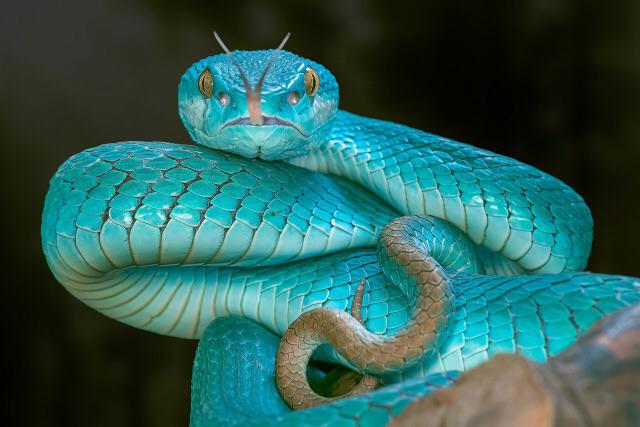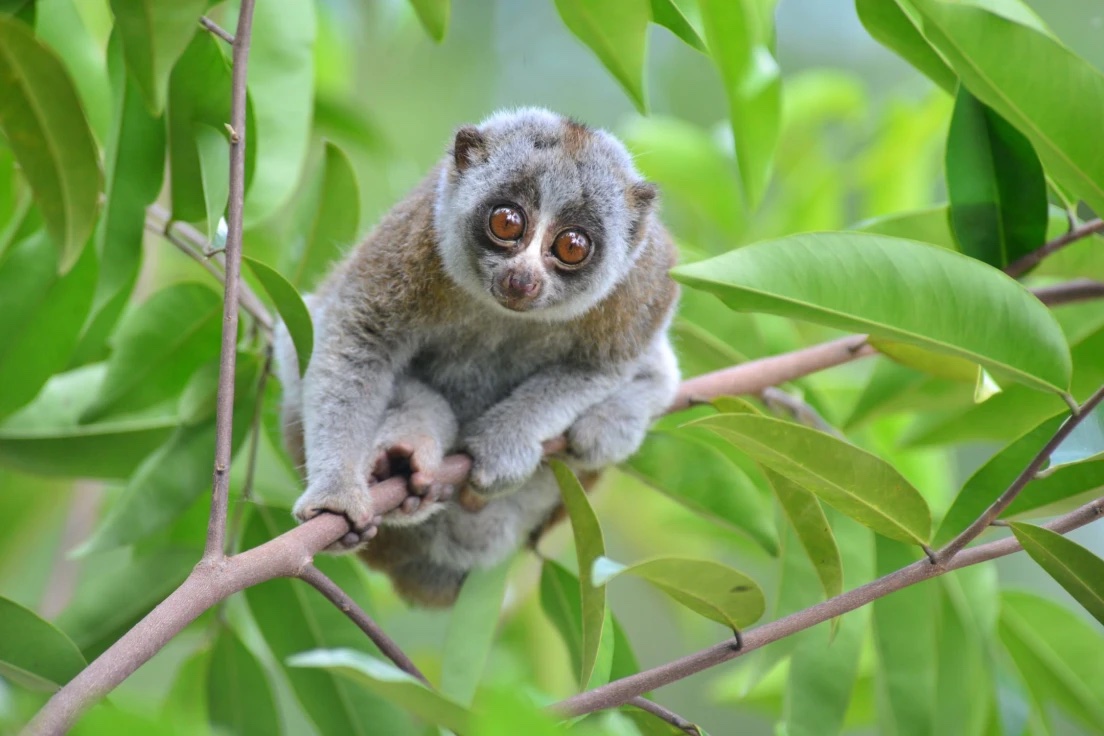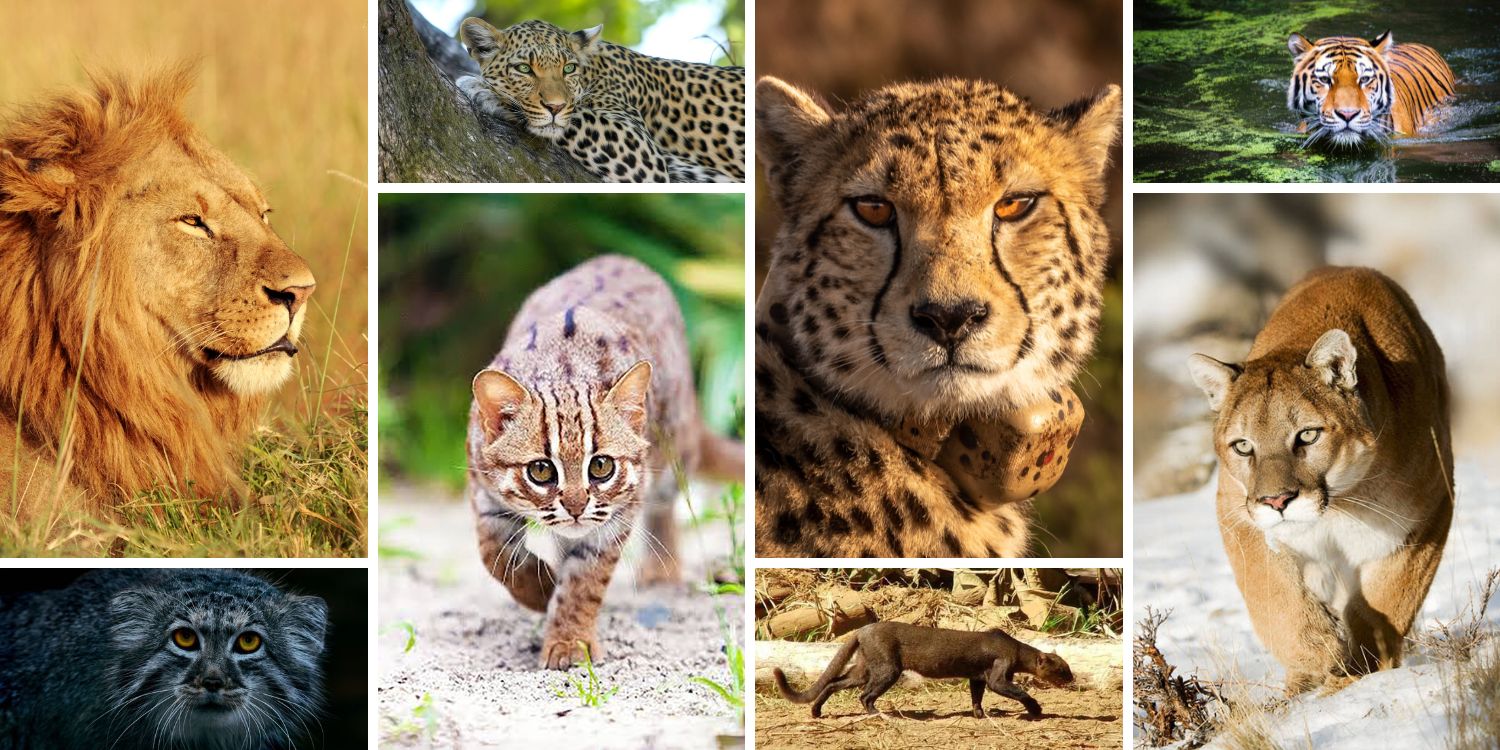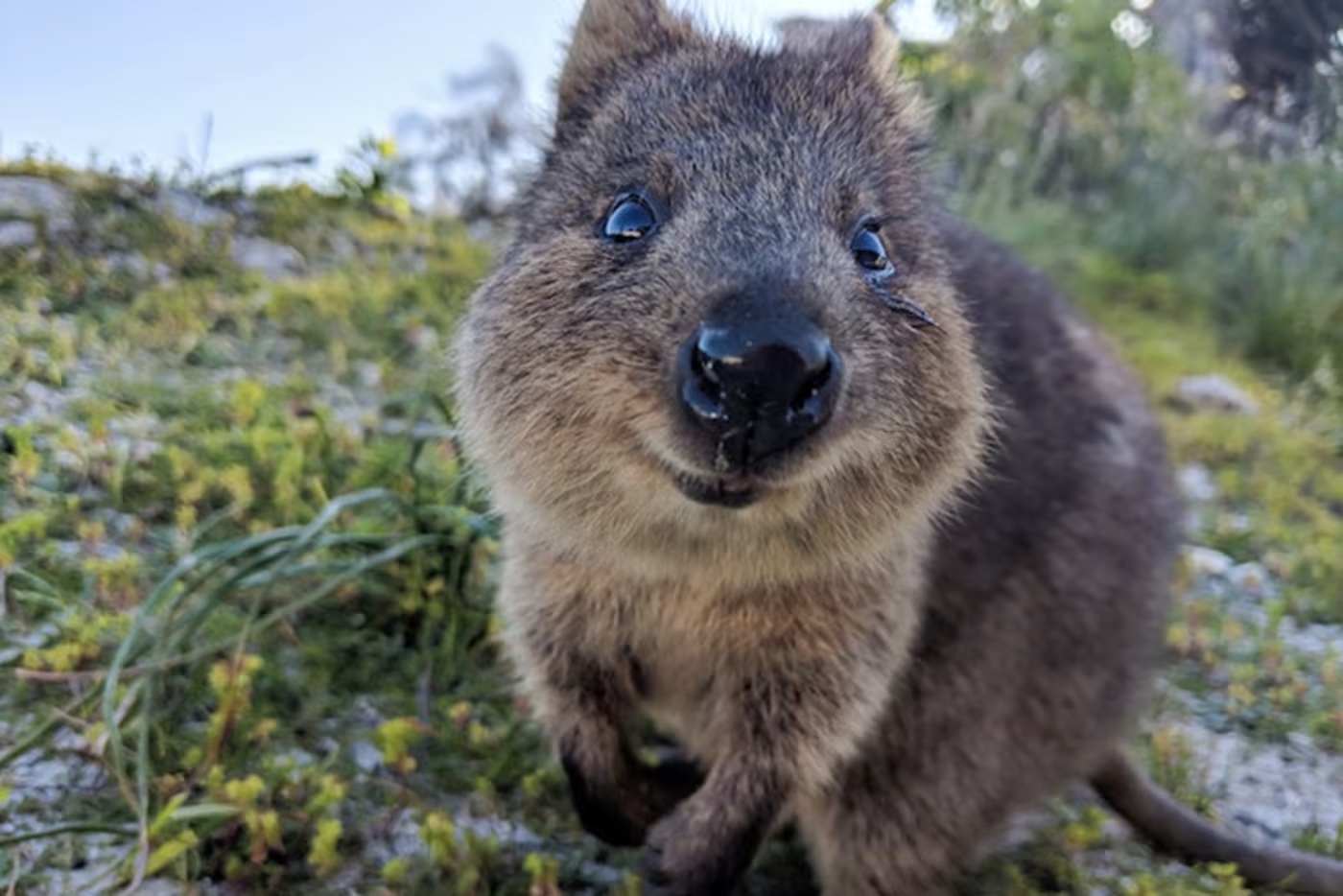
The largest hammerhead shark species is endangered?
1. What is the Great Hammerhead shark and where does it live?
The Great Hammerhead (Sphyrna mokarran) is the largest species in the hammerhead shark family, reaching up to 6 meters (20 feet) in length. They are found in warm, coastal waters worldwide, including the Atlantic, Pacific, and Indian Oceans.
2. Why are they called “hammerhead” sharks?
Their most distinctive feature is their flattened head shaped like a hammer. This unique shape is thought to help them with sensing prey using electroreception and maneuvering during hunting.
3. Why are Great Hammerhead sharks classified as endangered?
The Great Hammerhead shark is listed as critically endangered by the IUCN due to several threats:
- Overfishing: They are targeted commercially for their fins and meat, and often caught as bycatch in other fisheries.
- Slow reproduction: They mature slowly and have few offspring, making them vulnerable to population decline.
- Habitat loss: Degradation of coastal ecosystems like coral reefs further threatens their survival.
4. What are some interesting facts about Great Hammerhead sharks?
- They are apex predators, feeding on a variety of prey including fish, rays, sharks, and sea turtles.
- They can live for over 30 years.
- They are highly migratory, traveling long distances in search of food and breeding grounds.
5. What can be done to help Great Hammerhead sharks?
- Supporting organizations working on shark conservation and research.
- Choosing seafood caught using sustainable practices that minimize bycatch.
- Advocating for stricter regulations on fishing practices that impact these sharks.
6. Are Great Hammerhead sharks dangerous to humans?
- While they are large and powerful, unprovoked attacks on humans are extremely rare. However, it’s important to respect all wildlife and maintain a safe distance when encountering them in the wild.
We hope this information helps raise awareness about the plight of the Great Hammerhead shark and the importance of conservation efforts.
More photos below ↓










